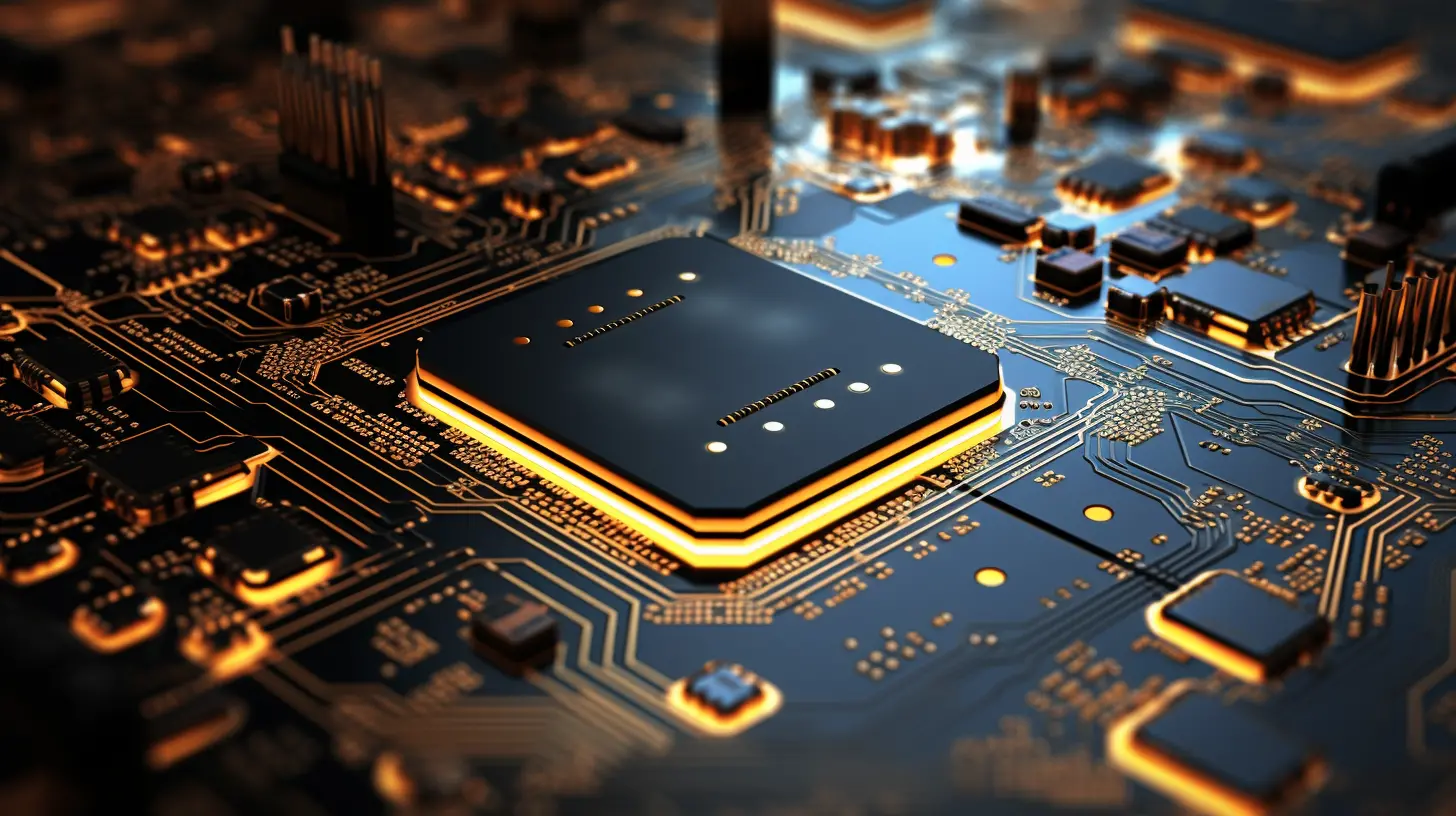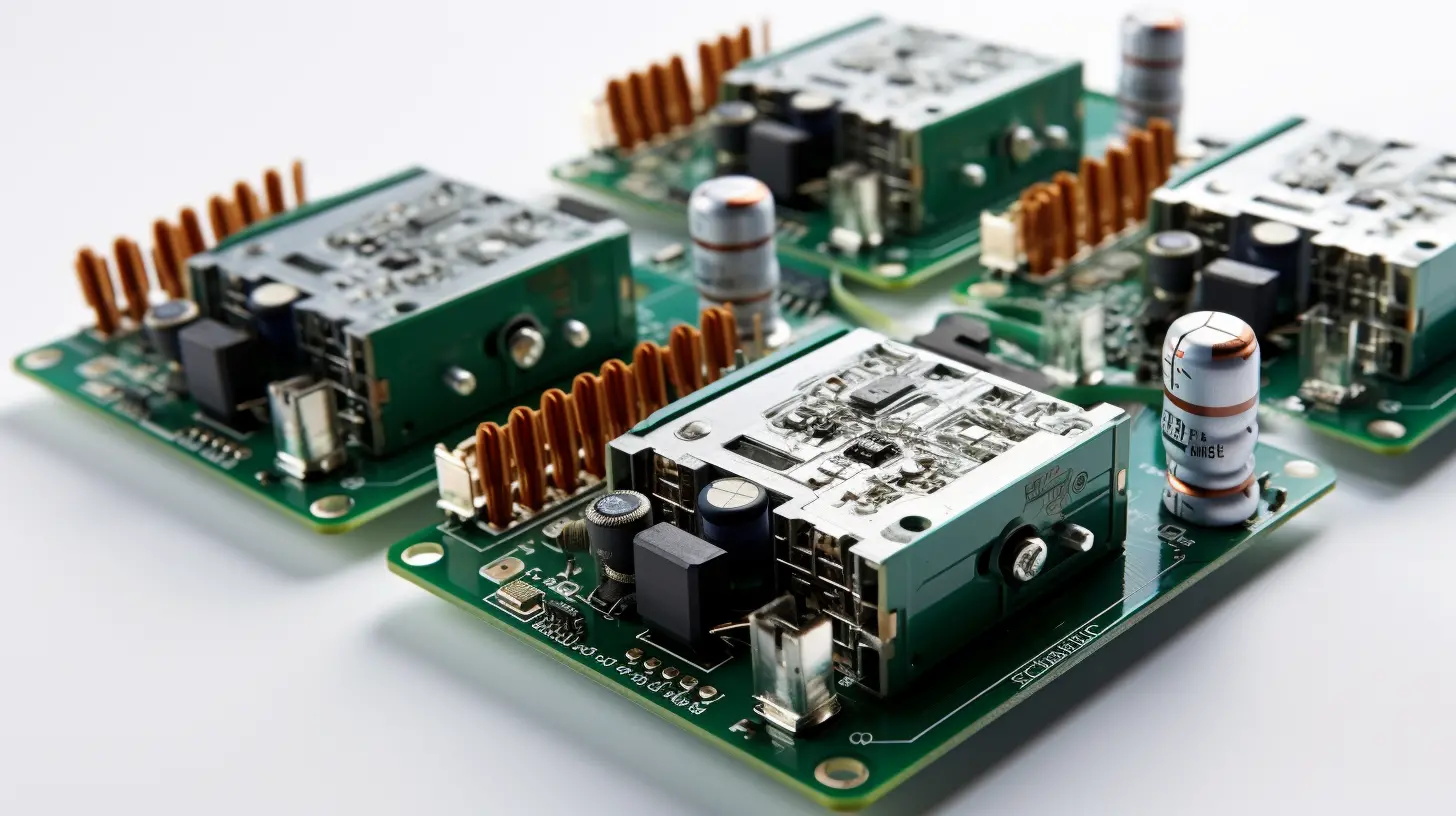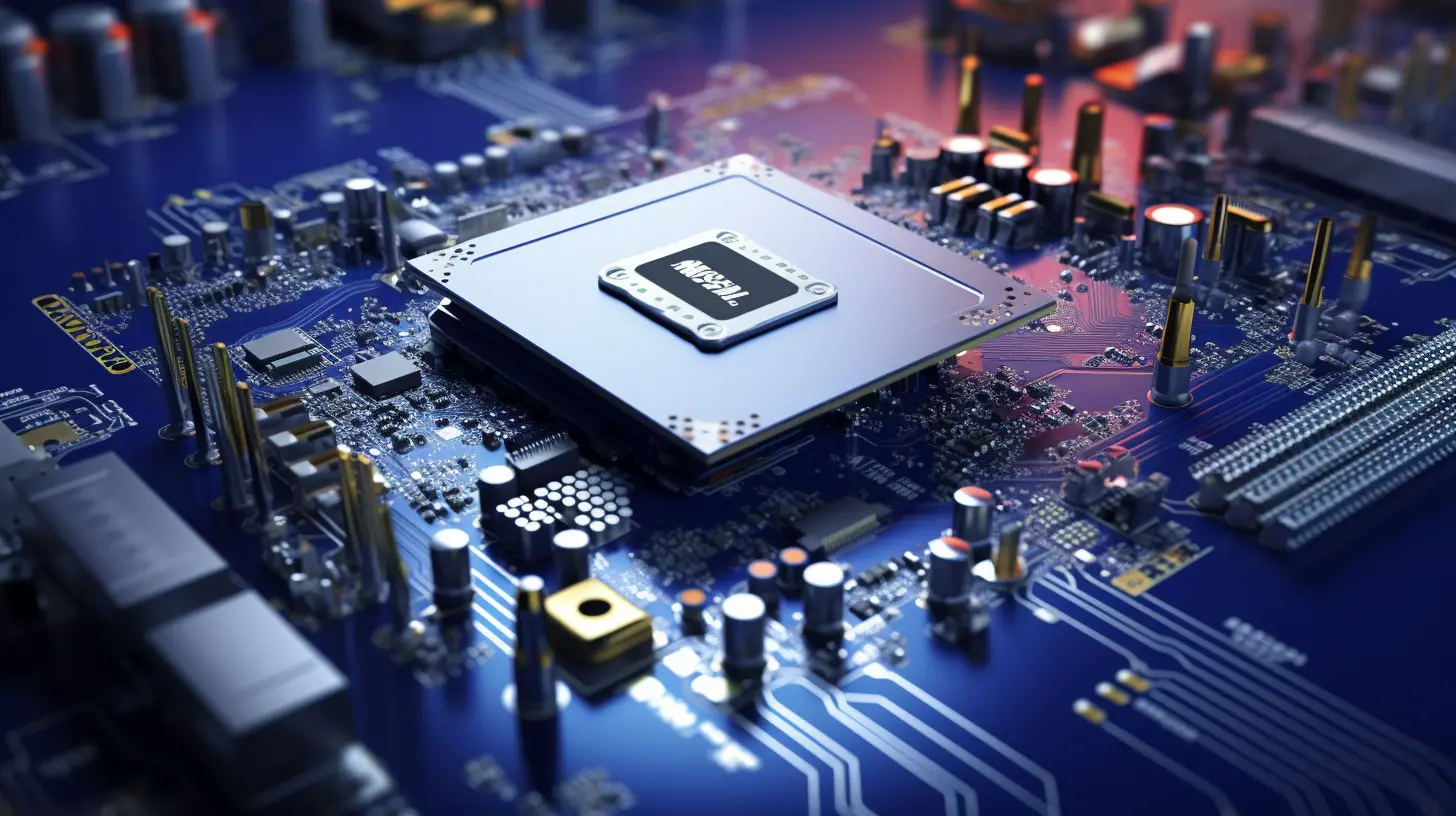The high-frequency communication market is rapidly evolving, and with it arises a significant shift in demand for advanced Printed Circuit Board (PCB) technology. As industries strive to improve signal integrity and performance in electronic devices, understanding these changes is crucial for manufacturers and stakeholders alike.

The demand for high-frequency communication technologies, such as 5G and Internet of Things (IoT), is increasing at an unprecedented rate. This surge is compelling PCB manufacturers to adapt and innovate. Notably, the need for improved data transmission speeds and reduced signal loss calls for enhanced design practices and materials. One of the primary challenges faced by manufacturers is the complexity of designing PCBs that can sustain higher frequencies while maintaining cost-effectiveness.

Recent innovations in materials science and manufacturing processes have transformed PCB design and production. Advances in RF materials and techniques, such as improved dielectric properties, are being implemented to enhance signal performance. Furthermore, the integration of simulations and modeling technologies allows for precise tuning of PCB layouts before production, thereby reducing time-to-market and ensuring product reliability.

The landscape of PCB technology is undoubtedly influenced by the burgeoning high-frequency communication market. As manufacturers adapt to new challenges and leverage innovations, the emphasis on signal integrity becomes paramount. Companies that can efficiently respond to these evolving demands will secure a competitive edge in the market. To remain relevant, it is essential for stakeholders to stay informed about trends and advancements in PCB technology.
